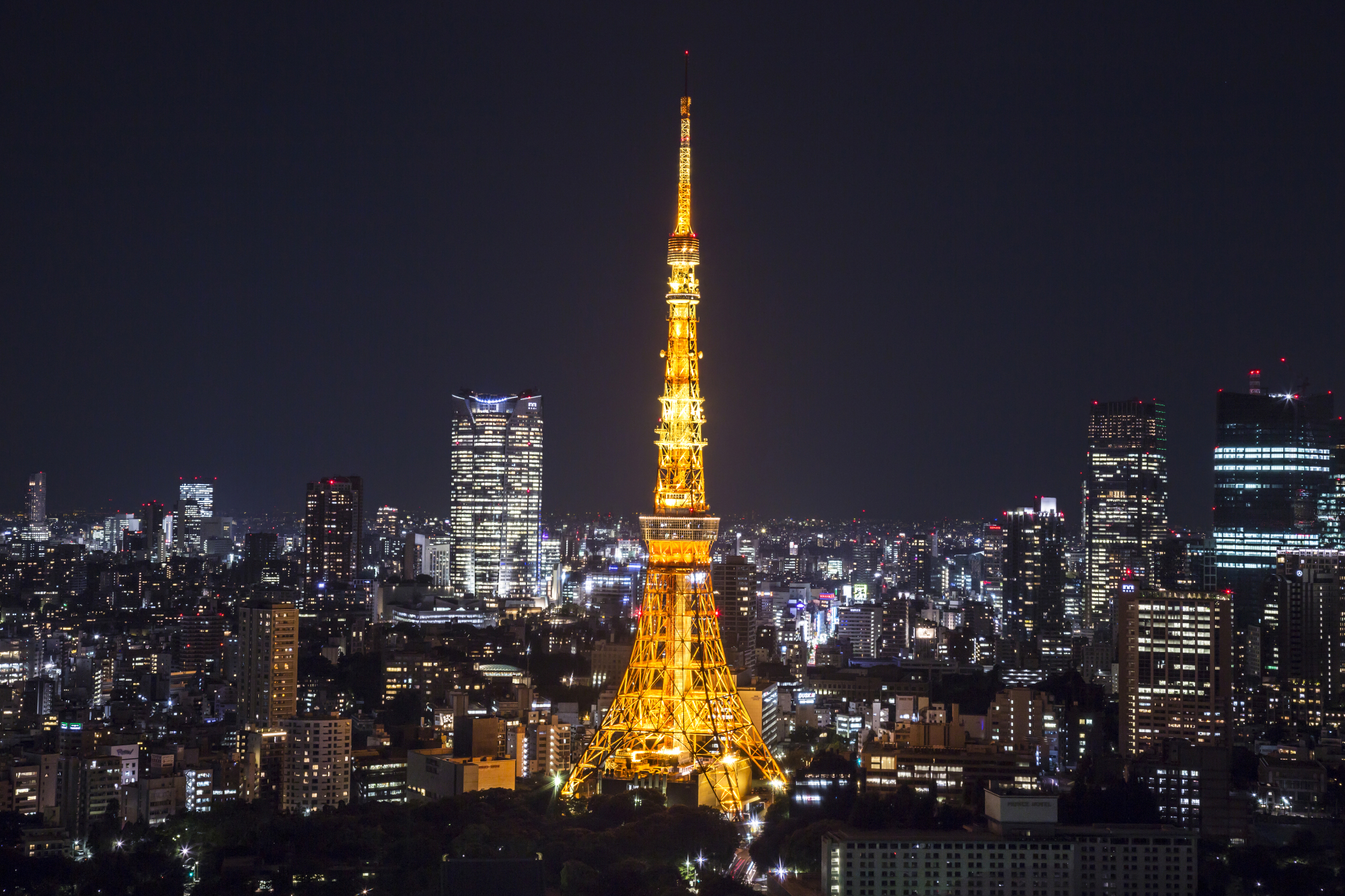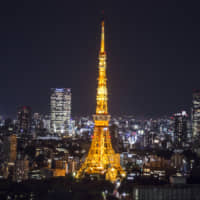Functioning not only as broadcasting towers, but also as popular tourist spots among both Japanese and overseas visitors alike, Tokyo Tower and Tokyo Skytree are said to be symbolic of Japan. While general information about these structures can be found in virtually any travel guide, what is lesser known is how their designs connect them to Waseda University.
Tachu Naito, a former honorary professor of Waseda and a leading figure in architectural design, designed Tokyo Tower. He was also known as the "Master of Towers," designing almost 60 throughout his career. His fame and reputation was established when Tokyo Tower was completed in 1958. This was two years after designing the second Tsutenkaku Tower in Osaka, measuring 103 meters high, and the 180-meter Nagoya TV Tower in 1954.
With specifications to design a "consolidated radio communications tower that would overtake the Eiffel Tower in height," the task of designing the new tower was daunting, with Naito finding it much more challenging than any other task he had undertaken.
Naito embraced ideas of both structural integrity and beauty for Tokyo Tower and was said to have drawn as many as 10,000 design plans for the innovative structure. After receiving final approval for his plans, it took 543 days and around 220,000 people to complete construction of the 333-meter high Tokyo Tower, making it taller than the Eiffel Tower's height of 312 meters when its edifice was first built.
After completion, this new tower in the Tokyo metropolis came to unify the functions of the many small radio towers that came to being as a result of the sudden boom in TV broadcasting that began in the 1950s.
Almost 50 years on, many skyscrapers have shot up throughout Tokyo, blocking broadcast signals. This development prompted the need for a taller broadcasting tower to be built. Architectural firm Nikken Sekkei was responsible for designing the new tower, and two Waseda graduates, Tadao Kamei and Shigeru Yoshino, were involved. This is how Tokyo Skytree, a modern symbol of Tokyo, came into being in 2012.
Also unknown to many is that this symbol's distinctive design is the result of various restrictions. Above all, the land designated for Tokyo Skytree was both narrow and small, ruling out the use of a stable splayed footing design like Tokyo Tower's. After many hours of research and discussion, a triangular base was adopted to ensure stability despite the cramped space. The tower's upper area was to be rotund in design, with the top part transitioning from triangular to rotund. This irregular design gave the tower a distinctive curve and bend found in traditional Japanese buildings as well as a silhouette that shifts according to the direction from which it is viewed.
The new broadcasting tower also had a concrete cylinder built into its center. This engineering is an acknowledgment of the quake-resistant design of traditional Japanese five-storied pagodas that feature a central reinforcing pillar known as a shinbashira.
Although it is the world's tallest free-standing broadcasting tower measuring a height of 634 meters, Tokyo Skytree was built to be highly durable against large earthquakes and storms; this is thanks to the fusion of traditional skills with the latest materials and technology.
In addition to Tokyo Tower and Tokyo Skytree, two iconic landmarks embodying the past and present, many impressive buildings designed by Waseda graduates dot the Japanese archipelago.
Referred to as "Waseda Architecture," these buildings not only stand out in terms of design and technique, but also harmonize with the environments of their respective cities, supporting citizens' livelihoods. The pursuit of cutting-edge, yet welcoming design among Waseda architects will likely continue as designers create new architectural masterpieces; this is just one aspect of Japan's contributions to the world.



















With your current subscription plan you can comment on stories. However, before writing your first comment, please create a display name in the Profile section of your subscriber account page.